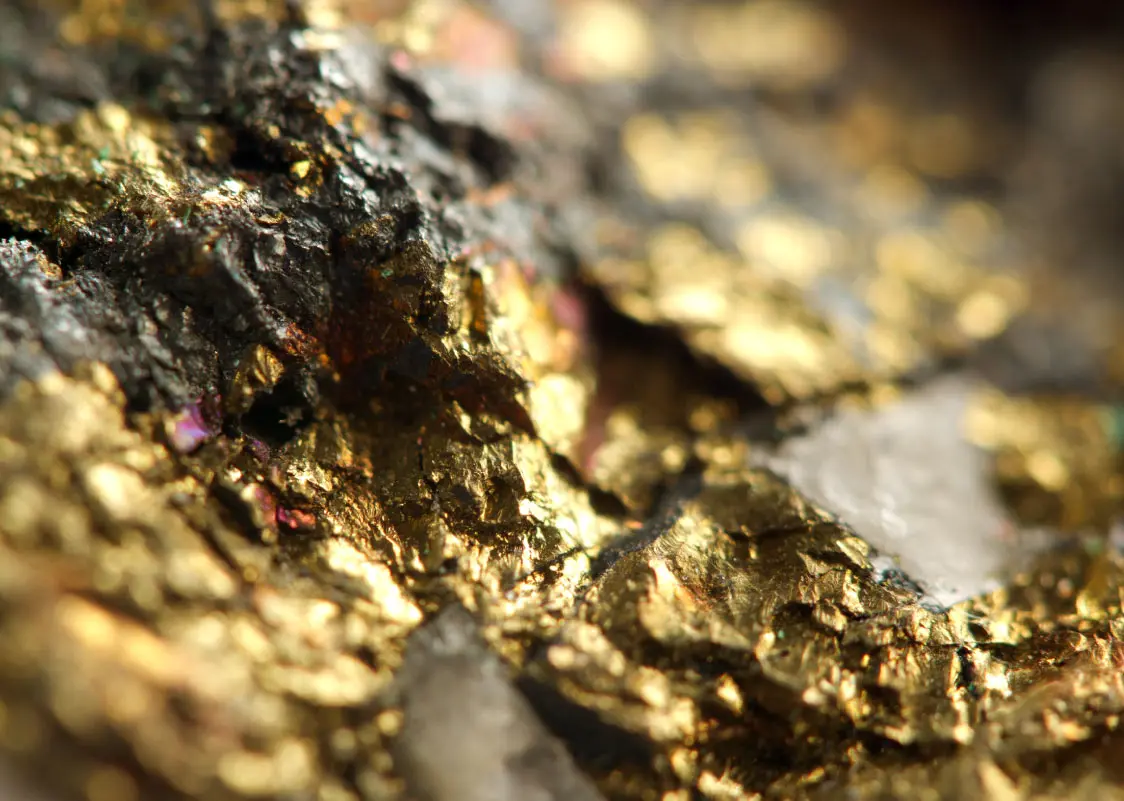According to data by the Australian Government Department of Industry, Science, Energy and Resources (DISER), in 2021, world gold supply is forecast to increase by 2.7% to 4,840 tonnes, driven by higher gold mine production in Australia, the US and Canada, but this supply growth will slow to an average annual rate of 1.1% between 2022 and 2023.
Gold production in Australia is forecast to rise by 3.2% to 338 tonnes in 2021, whereas production in Canada and the US is forecast to rise by 24% and 6.5% to 224 and 212 tonnes, respectively, driven by a production recovery from the disruption of the COVID-19 pandemic, DISER said.
At the same time, gold mine output in China is forecast to fall by 11% in 2021, to 335 tonnes, as stricter environmental and safety regulations lead to mine closures. DISER added that gold mine production in Latin America is expected to recover in 2021, following heavy losses in 2020.
Production is forecast to increase in Mexico (by 14% in 2021 to 121 tonnes), Peru (up 15% to 100 tonnes) and Brazil (up 3.4% to 90 tonnes).
According to the report, gold recycling activity is expected to remain subdued in 2021, as many parts of the world are expected to implement containment measures to contain new waves of the COVID-19 pandemic.
“Jewellery store closures during lockdowns cut the physical exchange of gold for cash. As a result, world gold recycling supply is forecast to fall by 5.2% to 1,211 tonnes in 2021,” the authors of the report pointed out.
Importantly, DISER noted that - propelled by higher mine production - world gold supply is forecast to rise at an average annual rate of 1.1% between 2022 and 2023, reaching 4,942 tonnes by the end of the outlook period. World mine production is forecast to increase by 3.0% (to 3,758 tonnes) in 2022 and by 2.0% (to 3,834 tonnes) in 2023, driven by increased production in Australia, Canada and Chile.
“In Australia, a solid pipeline of projects is expected to bring the country’s gold mine production to 396 tonnes in 2023. In Canada, gold mine production is forecast to rise over the outlook period, reaching 233 tonnes in 2023,” the report found.
However, DISER added that in 2022 and 2023, gold scrap supply is forecast to fall by 5.0% in 2022 (to 1,150 tonnes) and 8.0% in 2023 (to 1,058 tonnes).
The gold price averaged US$1,789.5/oz in Q3, marginally lower than the Q2 average. The y-o-y comparison shows a 6% fall, reflecting the August 2020 record high US dollar price. Gold’s performance is consistent with its demand and supply dynamics and a macro environment of higher interest rates and risk-on investor appetite.
Year-to-date, gold demand is 9% lower. A doubling of central bank buying and 50% growth in jewellery demand over the first three quarters only partly offset the decline in ETF demand. Y-t-d demand remains notably weaker when compared with the same pre-pandemic period of 2019. Gold supply is flat y-t-d. Mine production has steadily increased throughout 2021 and the y-t-d total is up 5%, but recycling has slowed down significantly, contracting by more than 12% over the same period. Our full-year 2021 outlook shows a picture similar to the year so far. Ongoing economic recovery will benefit jewellery and technology; investment should draw support from continued inflation fears but relatively modest ETF flows compare negatively with 2020’s record inflows. Central banks are poised for an above-average year of net purchases.







